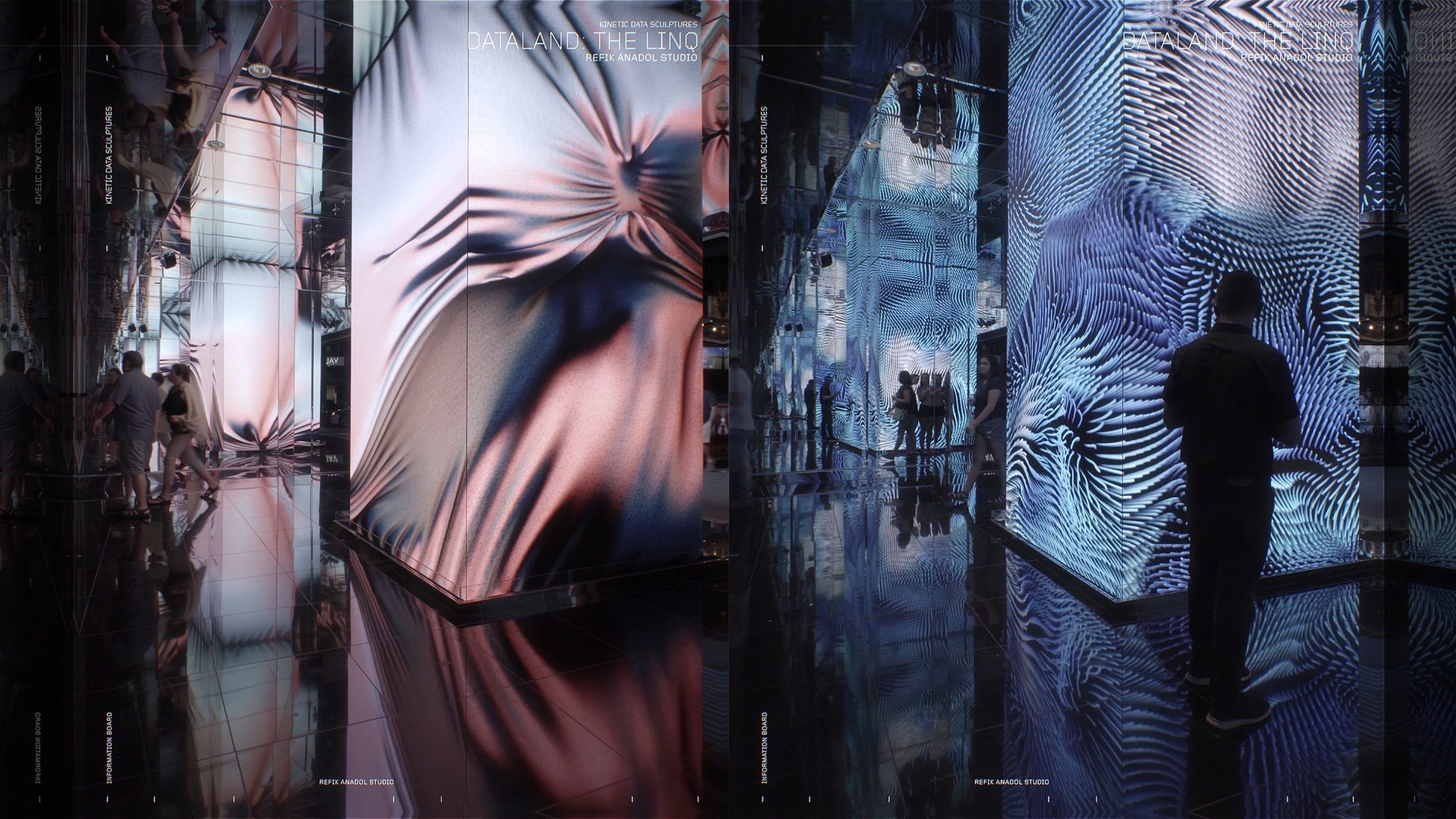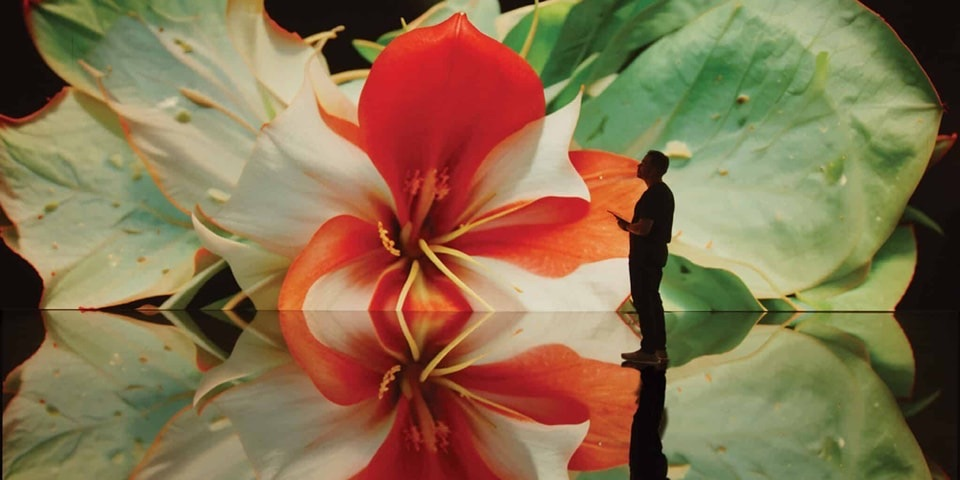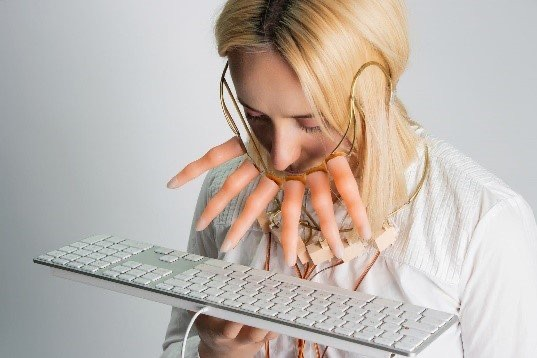For a long time, AI in art felt like a stunt. One more tech party trick: algorithms trained to mimic brushwork, generate faux masterworks, spit out surrealist sludge at scale. The early experiments dazzled but rarely lingered. The outputs were impressive, yes - but curiously hollow. What was missing was risk, and intimacy.
But that’s changing.
This year, two exhibitions - Dataland , opening in Los Angeles, and Human-Machine Co-Creation , recently staged at Fringe Arts Bath - signal a deeper shift. No longer content with novelty, a growing number of artists are beginning to treat AI not as tool or gimmick, but as co-creator: a flawed, unpredictable partner in process.

In this new frame, the question is not “What can AI make for me?” but “What happens when I give it space to interrupt, reshape, resist?”
At Dataland , founded by Turkish media artist Refik Anadol, this shift is spatial as well as conceptual. The museum, powered by renewable energy and trained on ethically sourced data, will house what Anadol calls “machine dreams” - immersive data sculptures that respond in real time to visitor input. As you walk through the space, the machine listens. It adjusts. It reflects back something that is not yours exactly, but also not alien. Entitled Large Nature Model , the initiative will feature AI learning model’s that source its data solely on “nature’s inherent intelligence,” according to a release, as opposed to human intellect that most current models rely on.

This isn’t automation; it’s exchange. Visitors aren’t consumers - they’re contributors to a sensorial feedback loop. Art becomes an ongoing negotiation between human emotion and machine response.
It’s a vision that resonates strongly with what we’re building at LettsArt: a platform where artists remain the core agents of their practice, and AI operates not as a replacement but as a generous interlocutor. Whether you're drafting a bio, developing a project statement, or refining the language around your work, our tools help artists clarify, not compromise. Co-creation begins not with images, but with language. Not with what we say about our art, but how we’re seen.
If you're navigating this new terrain, LettsArt offers artist-first AI tools to help you articulate your practice on your terms. Think of it not as outsourcing, but as scaffolding - support for the messy, vital edge of your work.

Back in the UK, Human-Machine Co-Creation brought together a group of artists whose practices complicate authorship altogether. Afroditi Psarra, Xiangxiang Huang and others didn’t just use AI - they opened themselves to its errors. In their work, the algorithm was not a stylist but a kind of medium, full of bias, accident, and poetry

This kind of practice demands more than software. It demands a mindset that sees authorship not as a field of relation. At LettsArt, we’re seeing more and more emerging artists working in that mode. We’ve built lightweight generative tools not to do the work for you, but to prompt, interrupt, suggest - to help you push your own thinking, whether you're developing concepts, proposals, or hybrid forms.
We believe in agency-enhancing AI. We believe in tools that sit beside the artist, not in front of them. If your work plays with co-authorship or cross-disciplinary process, LettsArt can support both your studio and your ideas.
What these exhibitions make clear is that the most compelling AI art today isn’t about simulation. It’s about relationship. Not speed, but depth. Not replacing creativity, but rerouting it through unfamiliar channels. The stakes aren’t technical. They’re philosophical.
And this is where infrastructure matters. For artists experimenting with AI, the gap isn’t always in ambition - it’s in access, in language, in time. The best co-creations often start with permission: to try something, to speak a thought aloud, to describe a project before it’s fully formed.
That’s why LettsArt is more than a platform. It’s a quiet collaborator. We’re building tools that help artists with the invisible labor of creativity: writing a pitch, naming a theme, translating practice into proposal. The work before the work.
In the end, what’s most exciting about this moment is not what AI can do. It’s what artists are choosing to do with it: bend it, frustrate it, laugh at it, use it to say something real. Because in the hands of artists, even the most powerful machines become something else entirely - not mirrors, not masters, but materials.
LettsArt is here to support that practice. Not to finish the work for you, but to stand just beside it, holding the cord while you make the leap.